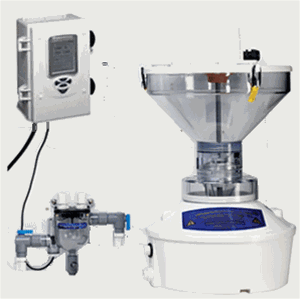OK, so after all of you telling me you cant help me until I test it with a TFP approved test kit, I figured out how to use my Taylor K-2006 test kit and did some testing on my new pool.
FC - 5.4ppm
CC - after 5 drops of 0003 it did not turn pink
PH - 7.2
TA - 80ppm
CH - 200 ppm
CYA - the water level was well below the 100 mark, so its pretty high.
I know to handle the CYA, all I can do is drain, so I will wait until we winterize the pool here in KS and deal with that at that time. FC is a little high, I have an automatic feeder feeding dichlor granules, so I turned it down a bit.
Other thoughts?
FC - 5.4ppm
CC - after 5 drops of 0003 it did not turn pink
PH - 7.2
TA - 80ppm
CH - 200 ppm
CYA - the water level was well below the 100 mark, so its pretty high.
I know to handle the CYA, all I can do is drain, so I will wait until we winterize the pool here in KS and deal with that at that time. FC is a little high, I have an automatic feeder feeding dichlor granules, so I turned it down a bit.
Other thoughts?


